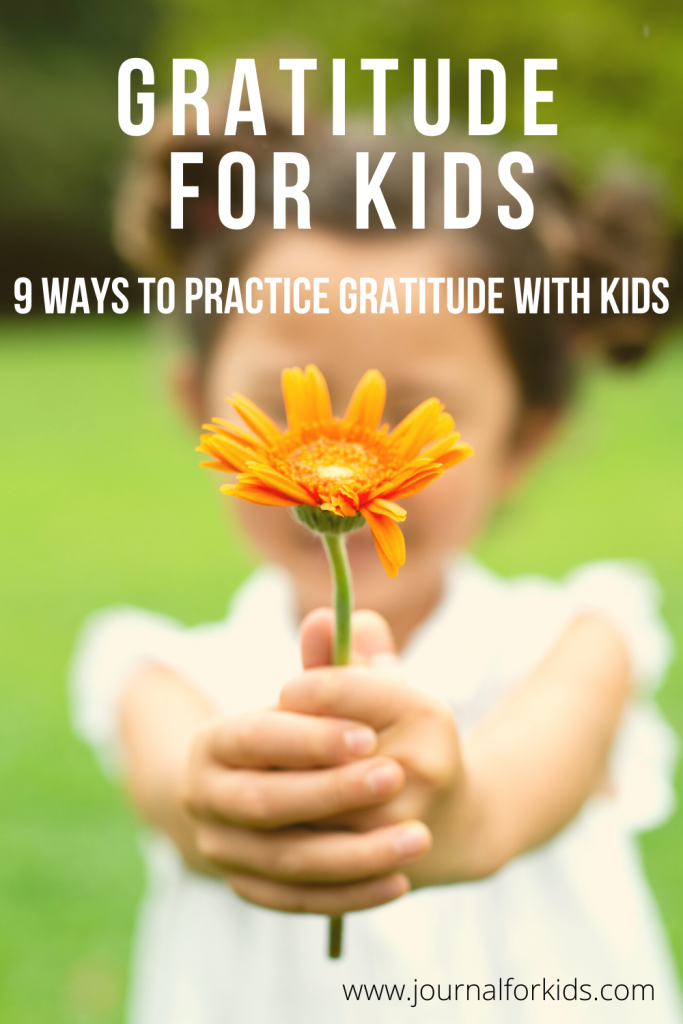If you have kids you have likely been subjected to a lot of whining and unappreciative behavior. It can be frustrating to hear our kids be ungrateful, but it’s also important to remember that they are kids! Gratitude is not a natural reaction – it is learned! And the good news is, it’s a really easy concept to teach children with HUGE benefits. That being said, it takes time to see the rewards of a gratitude practice. Even adults struggle from time to time. We are all struggling more than ever due to our lives being turned upside down the last year, so it’s more important than ever to make this important habit a priority for you and your kids.
Importance of gratitude
Kids are self-centered by nature. When they begin to understand gratitude they begin to understand what others do for them and become empathetic and sensitive to the feelings of those around them. Kids who are not taught to be grateful are more apt to be entitled, disappointed and self-centered as they grow older.
There are many benefits of a gratitude practice for kids (and adults too!) including improved self-esteem and reduced aggression. Having a daily gratitude practice can make them more optimistic and happier overall.
How to practice gratitude
The good news is that teaching gratitude is not difficult and is easy to sneak in to your day to day routine. Making gratitude a daily habit will ensure that it doesn’t get overlooked in the day to day chaos of parenting. More importantly, you’ll look forward to this special time with your kids each day. I love hearing what my kids are grateful for each day!
Gratitude activities for kids
Here are some different ways that you can form a daily gratitude habit with your kids. You can do more than one or switch them up from time to time.
Gratitude journal for kids
I’m sure this will come as no surprise, but our favorite way to practice gratitude is by using our most popular journal, Thankful Thoughts: Gratitude Journal for Kids. Not only do we discuss gratitude, but we also talk about our favorite and least favorite parts of the day each night. In addition, the journal asks one question that changes each day and the kids really look forward to hearing what the questions is. And I love hearing their answers! Check out this post to learn more about using a gratitude journal with your kids.
Gratitude jar
Another way to practice gratitude is through a gratitude jar. Set up a jar somewhere in your home and write a note with what you are grateful for each day. On Thanksgiving (or any day) you can go through the notes to read what you are grateful for.
Gratitude pumpkin
During the month of November we use a pumpkin as a centerpiece and use a sharpie to write what we are grateful for each day leading up to Thanksgiving.
Gratitude Tree
Make a tree out of construction paper and put it on the wall. Cut out different color leaves and place one on the tree each day with what you are grateful for. It’s fun to see your gratitude on display and a great reminder to be grateful every time you see it!
How do you foster gratitude in children?
Here are a few more ways you can sneak gratitude into your conversations and daily activities:
During Dinner
Discuss what you are grateful for each day at the dinner table
Nature Walk
Take a nature walk and discuss the different parts of nature that you are grateful for.
Thank you notes
Send thank you notes. This is such an important lesson to teach (and a bonus exercise in writing)
Draw a picture
Send someone a note or picture just because – there’s nothing better than getting an unexpected card just to know you’re appreciated.
Say please and thank you
Say please and thank you – I know this goes without saying but sometimes we get so wrapped up in the hustle and bustle we forget to say thank you to our kids. They model our behavior so make sure to let them know how much you appreciate them too!



That is beautiful!